
According to several developers, the milestone reached by Larian Studios with the release of Baldur’s Gate 3 is an exception to the rule rather than the norm to be followed. This opinion has angered more than one gamer outraged by the recurring problems of various companies in the industry, such as unfixed games, high prices, and unnecessary microtransactions. However, the opinions of developers could shed light on a core industry-wide issue that needs to be addressed.
Other Companies Can Hardly Repeat Such A Feat Without Considerable Downsides
The Developers Fear Setting Such a High Standard May Indirectly Encourage Bad Workplace Practices

Strange Scaffold’s studio head and BAFTA-nominated writer Xalavier Nelson Jr. sparked the discussion by sharing in a Twitter/X thread his perspective on what happened. Throughout the posts, the writer explained that behind the creation of Baldur’s Gate 3 was a lot of hard work on the part of Larian Studios that could hardly be replicated again due to the sheer size of the project. Making such a gigantic investment again would not ensure a successful launch and, on the contrary, could put all the companies involved at risk.
If they go as big or bigger with their next title, Larian themselves could die! That’s the risk and reward of the megagame. We are an industry dangling elephants over cliffs, pointing at the ones that don’t collapse under their own weight as indictments to the ones that do. 8/ — Xalavier Nelson Jr. (@WritNelson) July 8, 2023
Many other developers came out supporting this opinion and highlighting other details about it. An outstanding element to take into account would be the creative and financial freedom that the project had, as highlighted by Obsidian Entertainment’s designer Josh Sawyer of Fallout: New Vegas fame. It should be recalled that something similar happened with a Sawyer project, as it was through Kickstarter funding that the studio developed the acclaimed Pillars of Eternity.
One particular element highlighted by several of the developers in the conversation was the risk of promoting poor labor practices in companies that do not have the funding or the number of employees necessary to meet such standards. In other words, this thinking would be further normalizing crunching and ignoring the labor and effort it took for Larian Studios to shape one of the best games of recent years.
Many Things Had To Fall Into Place For BG3 To Become a Critical Success
The Success of Other CRPGs Paved the Way
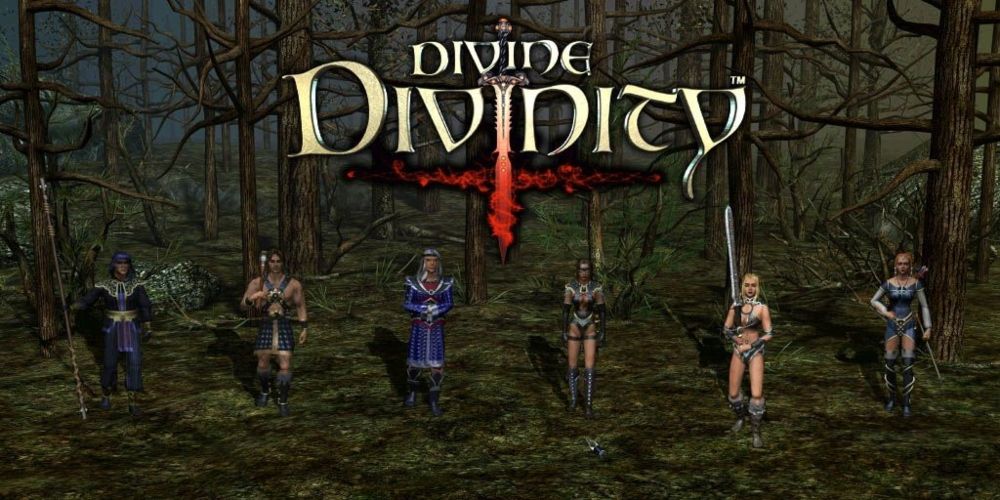




The release of Divinity II: Ego Draconis left Larian in debt, but it was the support of Kickstarter and the success of Divinity: Original Sin to get the studio back on its feet.
Since Original Sin 2, the company has been releasing its games in Early Access to get feedback from players and make the necessary changes to improve the experience.
Baldur’s Gate 3 appealed to a variety of players: fans of the original saga, Western RPG fans, and Dungeons & Dragons fans.
Larian Studios had a number of important advantages when preparing to create Baldur’s Gate 3. First and foremost, it was a mixture of good management, a large budget, a large time frame, and, most importantly, knowledge gained from previous projects. The company was founded in 1996, but it was not until 2002 that it gained recognition with the release of Divine Divinity. Since then, they have continued with other projects in this CRPG saga until the release of Divinity: Original Sin and Original Sin 2 were released to critical and commercial acclaim.
It was the Larian developers themselves who were interested in creating a sequel to the Baldur’s Gate series, so they contacted Wizards of the Coast to propose the idea. However, it was only the success of Original Sin 2 that gave the project the green light, and since then they have been working on a project that would take 7 years to complete. Taking advantage of the experience gained with the Early Access launch of Original Sin 2, the studio decided to use the same approach for Baldur’s Gate 3, launching it in Early Access in 2020 to gauge public opinion. This meant 3 years of constant work based on the opinions and feedback of the players.
Several elements were driving the success of Baldur’s Gate 3 even before its release. A lot of players were looking forward to the company’s new project after the success of Original Sin 2, while many others were eager for a new RPG that could fill the void left by games like Mass Effect and the original Baldur’s Gate. On the other hand, the growing success of shows like Stranger Things and Critical Role got more people interested in Dungeons & Dragons. Finally, when a certain scene with a bear was revealed and caused a commotion, it consolidated a whole fanbase interested in knowing the official release of the full game.
It is also important to highlight the work that can be directly noticed inside the game. There is a wide variety of mechanics to explore that cover endless options for each player, but they are adapted in such a way that it is not necessary to use hundreds of tutorials to learn. In addition, the writing is nearly flawless and full of thrilling adventures with gripping dialogue that is complemented by good cutscenes with impressive voice acting. Of course, all this took shape little by little, and with constant feedback and correction work, taking into account the opinions of the players.
The Industry Can Adopt Several Ideas to Come Up With More Successful Releases
Creative Freedom and Player Feedback Goes a Long Way
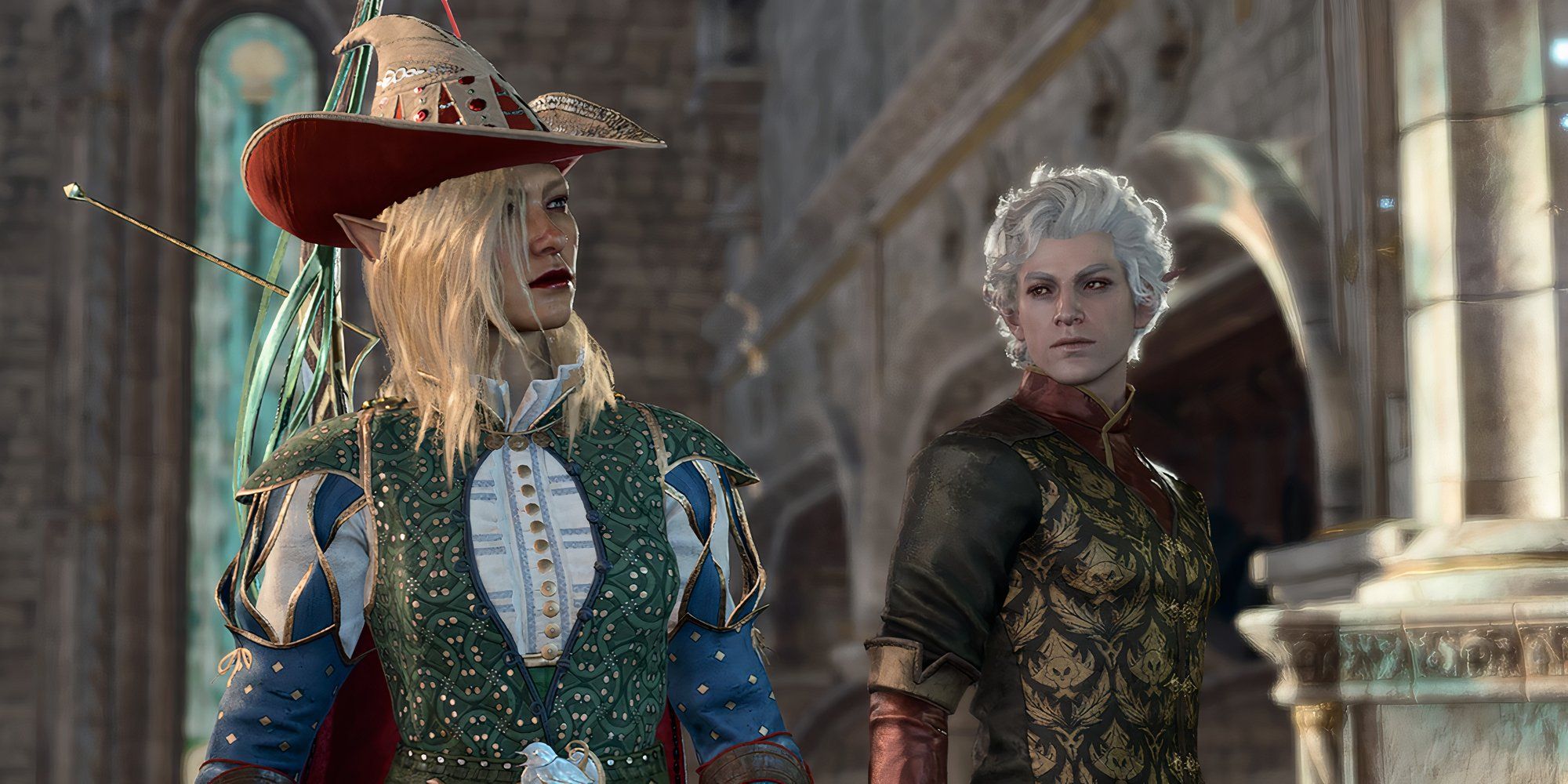
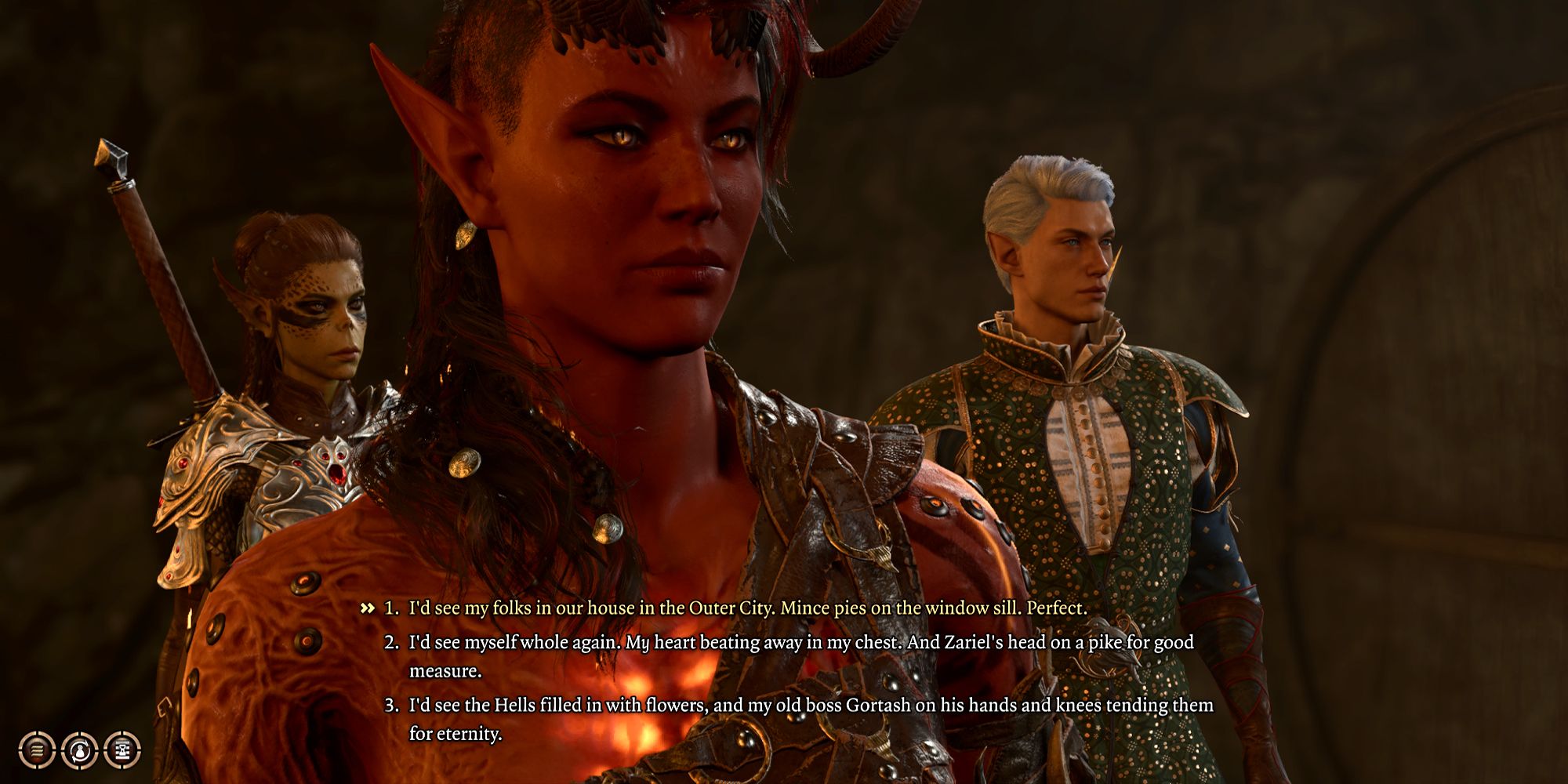

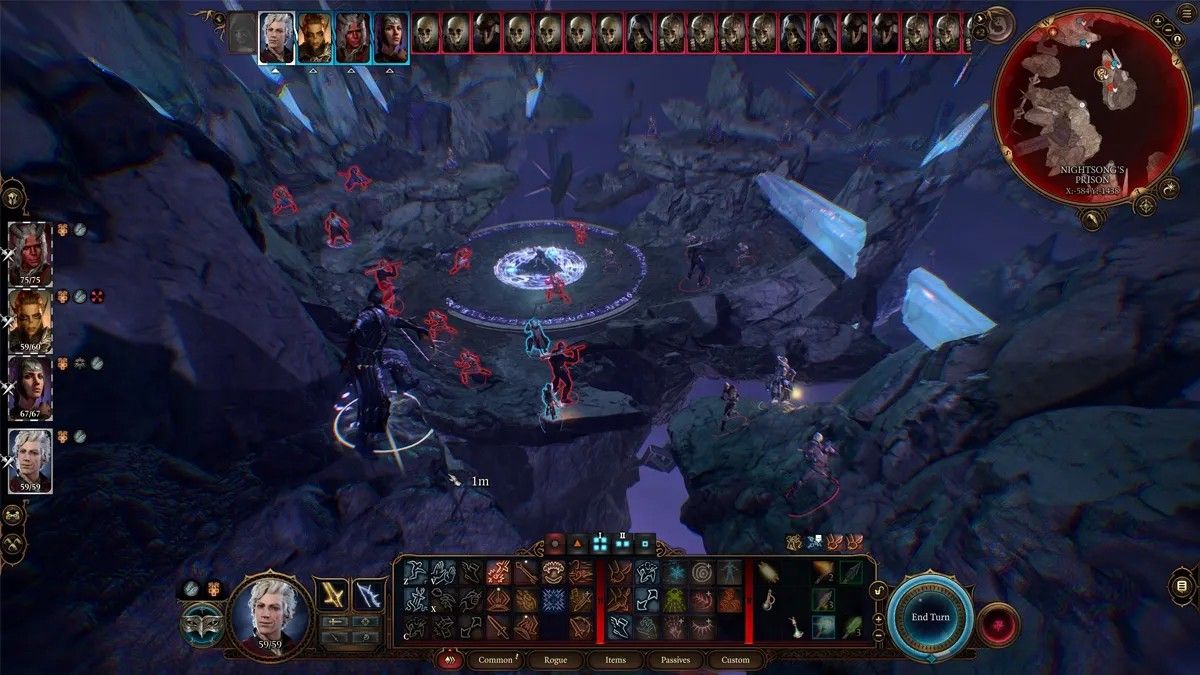
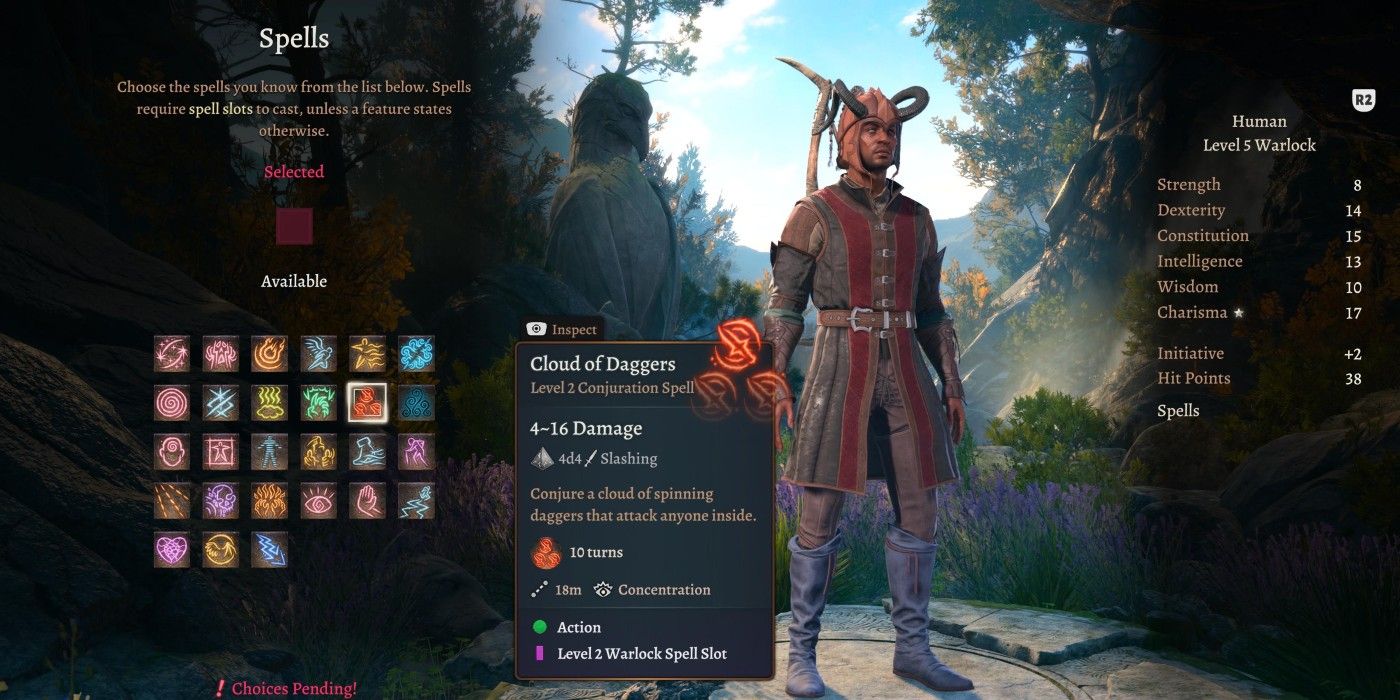
Creative freedom is a fundamental point. Larian Studios took a lot of creative risks with Divinity: Original Sin, as the trend of the time was very different.
The feedback from players literally shaped the kind of game they themselves would enjoy in Baldur’s Gate 3, and that quality shone through to a wider audience.
Many fans supported the decision when it was announced that the game would be a one-time purchase with no microtransactions.
Beyond the comparison and the inability to get a game that matches Baldur’s Gate 3, the important thing is to recognize what details can be replicated to make more games of such high quality under favorable conditions for the same developers, that stand out on their own. In this respect, Larian’s game can become a model to follow rather than a basic standard for what is mandatory in the industry.
Many of the details mentioned above could come about due to a favorable working environment, which, according to journalist Jason Schreier, would be made possible by Larian Studios’ status as a private company. As a result, they would not be restricted to practices such as short deadlines and publisher-driven microtransactions, as would happen in other cases. This could also be a wake-up call to other companies to give development teams more freedom to deliver quality content that has a better chance of being well received.
It is important to understand that in the case of Baldur’s Gate 3, Larian took an approach that focused on fans of a specific niche: fans of CRPGs and Dungeons & Dragons. This led to the use of tools such as Early Access to find out almost in real time what players liked or disliked and to make the necessary changes. This can be seen when comparing earlier versions of the game with the final version, as many details of the writing and interface were completely changed, even introducing new characters that are now fan favorites, such as Halsin and Minthara. They also showed that they understood their fans by releasing the game in its entirety and refusing to include microtransactions.
However, a very important detail to keep in mind about the development of Baldur’s Gate 3 that led to its success was the team behind the entire game. It was a team of experienced developers who had been working on similar games for several years, learning and experimenting on their own. People who can understand what needs to be changed and how to do it right. Something that is becoming increasingly difficult when so many companies are constantly cutting back on staff and not allowing their employees to gain enough experience not only to make good games but to make a living from making video games without risking their financial stability and health.
Finally, there are many things that Baldur’s Gate 3 did very well. Excellent writing, hundreds of hours of content that never seems to end, complex but easy to master and enjoy mechanics, and much more. But it’s important to remember that this is all down to a dedicated team who took their time and enjoyed the process. Understandably, many developers feel that a game like Baldur’s Gate 3 will never be repeated, but that also means that there’s potential for even better games if better conditions are normalized for the developers themselves.





